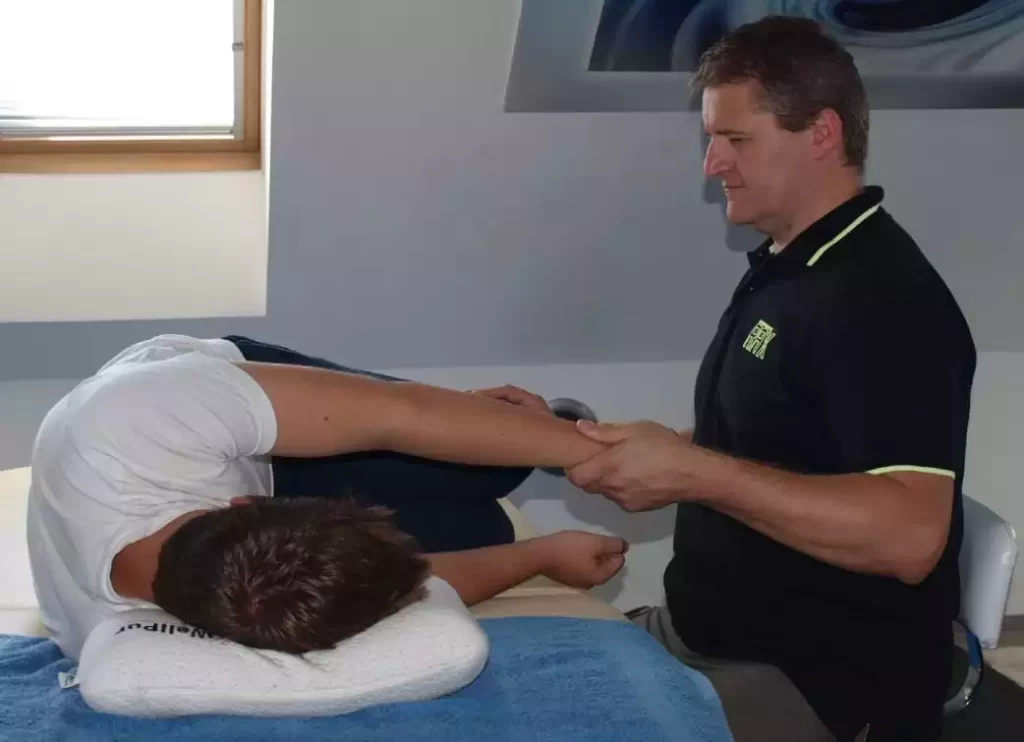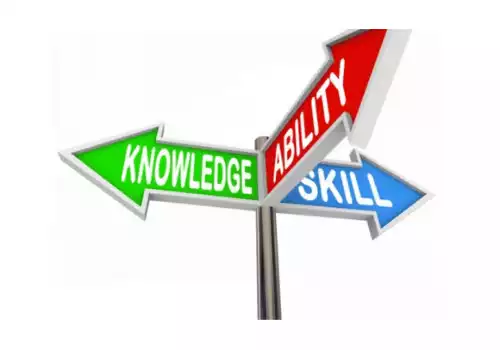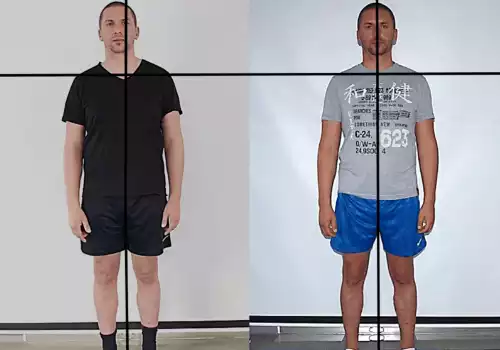Please consider that headaches, that are the result of more serious conditions such as brain tumors or encephalitis, do not belong in any of the following categories, meaning that the article cannot help you!
Tension headaches
Tension headaches result from increased muscle tension in the back and neck closest to the spine, and in the lower back of the head (the vertex). Tension causes these muscles to press our scalp against the inside of our scull (Lat. dura mater), resulting in pain. If muscle tension is stronger on the left side of the head, the headache is more severe on the left than on the right, and vice versa. Muscle tension in the lower back of the head can cause pain in our forehead and eyes, while tense muscles in our occiput, nasal cavities and throat can result in sinus headaches. In all cases the feeling of increased muscle tension is manifested as a headache. Once muscles relax and tension decreases, tension headaches become less intense, until they finally disappear.
Sinus headaches
Sinus headaches are related to the muscles on the front side of the cervical vertebrae (esophagus). This muscular tissue affects the esophagus mucosa in the back of the nasal cavity: when it is increasingly tense it prevents normal sinus drainage. Once the muscles in the neck, and especially the throat, become less tense and relax, sinus drainage improves immediately. Facial and sinus pain decreases, and the headache is gone.
Migraine headaches
Migraine headaches come as a result of increasingly tense muscles on both sides of the neck. There is no convincing theoretical explanation as to why the reduction in muscle tension in the neck causes migraine headaches to stop. However, this correlation is a fact I keep encountering in working with clients.
One of the possible causes of migraines is blood vessels going in and out of the head. Under the large and strong neck muscles these blood vessels are compressed, hindering blood flow. Inside these blood vessels we have baroreceptors, i.e. sensors excited by stretch of the blood vessel, which help the brain control blood pressure in the head. Increasingly tense neck muscles compress the underlying blood vessels and change blood flow inside them; baroreceptors sense this and in turn cause abnormal blood pressure in the brain.
Neck injuries incurred in an accident or during a fall increase the subconscious tension present in the muscles of our neck and back. In a person already suffering from e.g. stress-related neck tension, such an event may cause a long-term increase in neck tension. The correlation between physical injuries and headaches, dizziness and other related symptoms may not be evident at first sight; in time the injured tissue will heal and look fine. But muscle tension, which we cannot see, will remain increased, and frequently it will be accompanied by unexplained headaches.
Effectively headache remedies
Medications and manipulative therapy do usually not result in a permanent solution for the protective reaction of our muscles to injury; the tension persists or returns over time. With this type of treatment relief is therefore often temporary (medications) and treatment long lasting (manipulative therapy).
A faster and more effective solution for headache problems is active differentiation education. We approach all three headache types by eliminating their underlying trigger: the chronically increased tension of head and neck muscles. One of the main functions of the brain is controlling muscle tension; active differentiation education changes the way our brain works so that it normalizes muscle tension.
No more nerve pressure, no more blood vessel imbalances, no more pain. Tension headaches will usually disappear after a single visit, while sinus and migraine headaches take 3–5 visits to eliminate. During these repeat therapies you will learn everything it takes to later prevent or stop headaches yourselves and thus substantially improve your quality of life.
Aleš Ernst, author of the AEQ method and AEQ breathing






